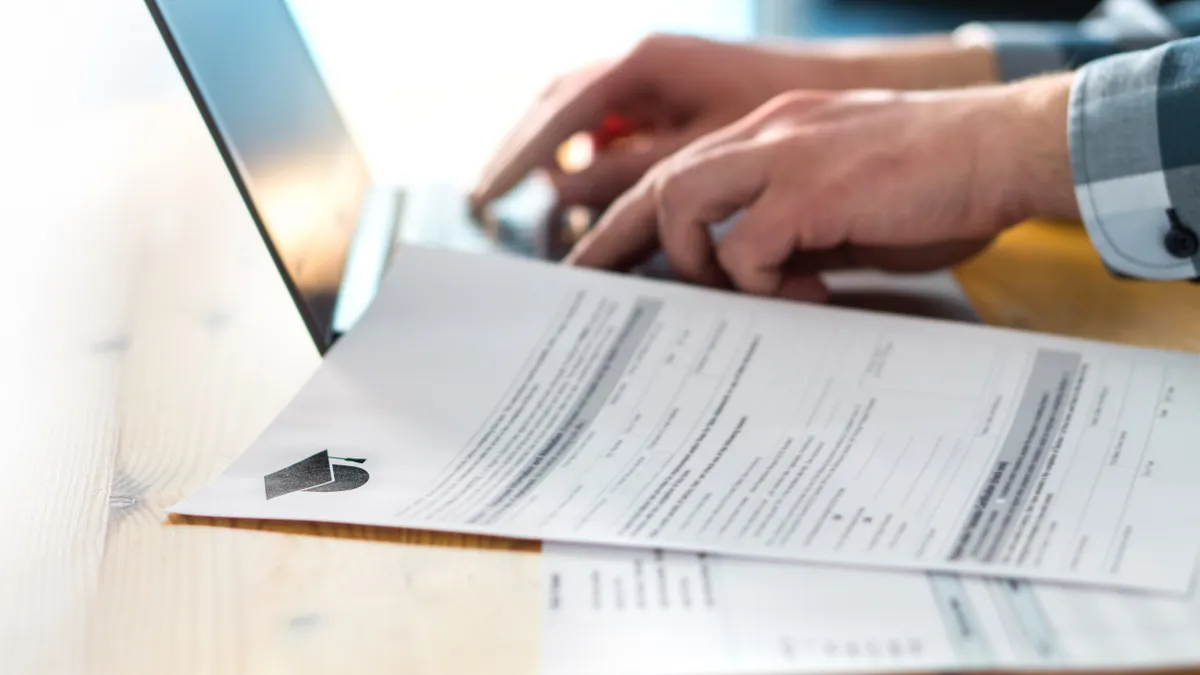You spend a good amount of resources, especially faculty and administrator time, collecting student learning data. Now, it’s time to distill it all down to meaningful information and see what changes or tweaks will improve student learning. This is where your institution runs the risk of squandering months of hard work, if not well thought out.
We sat with Javarro Russell and Ross Markle, assessment advisors at Educational Testing Service (ETS), to talk about the best ways to use student learning outcomes (SLO) data.
WHAT SHOULD AN INSTITUTION DO FIRST WHEN USING SLO DATA?
Russell/Markle: Share it. A consistent exchange of information among administrators, department heads and faculty strengthens a culture of evidence.
Reports sitting on the shelf or forwarded in an “FYI” email does a disservice to your SLO program. Discuss results during department meetings, or organize workshops to open dialogue within the institution on what actions are to be taken based on the latest information. Using an organized structure to distribute information can improve communication and strengthen your institution’s dialog around the importance of your learning outcomes and the practical ways in which students can better achieve them.
An example of this might be asking faculty members who teach capstone courses to provide their unique insight into students’ abilities to apply written communication skills that were developed through your general education curriculum. Also, showcasing results via institution websites can increase the visibility of your institution’s effectiveness and spark even more informative discussions with other institutions.
BESIDES IMPROVING STUDENT LEARNING, IN WHAT OTHER AREAS CAN THE INFORMATION BE USED?
Russell/Markle: Assessment results are a two-way street. Based on the information sitting before you, the data gathered during the assessment process not only provide an indication of student learning, but also a rich, contextualized description of your student population. For example, some assessment designs require the collection of data from a representative sample of your student population.
Obtaining this sample requires reflection on who your students are and what they are expected to learn, giving you more understanding of how student learning occurs. This process moves you away from simply collecting and reporting numbers to articulating your institution’s effectiveness.
Besides collecting assessment data to improve learning, institutions focused on retention and student success can also benefit from your SLO assessment program. Assessment data also describe what types of students are succeeding and help you more accurately identify at-risk students. Comparing outcomes data for various types of students may help with identifying the characteristics of student learning that may impact success at your institution. Classroom success is a key variable in whether a student stays and completes their program.
HOW CAN I TELL HOW WELL MY STUDENTS ARE DOING COMPARED TO STUDENTS AT OTHER INSTITUTIONS?
Russell/Markle: This is one area in which using an externally developed assessment can be helpful. Comparing your students’ performance to national averages or peer institutions provides an initial indication of the quality of achievement. If students are not performing well compared to national averages or institutional peers, then a deeper dive into assessment results — including externally and internally developed tools — can guide improvements. Assessment data are never an end, but only one way of understanding what students are learning and how they might learn more.
The use of SLO data can help close the gaps between what professors feel students are learning, what students believe they’re learning, and what’s actually being learned. Empowering your institution to make the right improvement decisions means committing to the process and completing this last — and often most challenging — phase.
To learn more about ETS’s expertise in assessment development and application, check out the HEIghten® Outcomes Assessment Suite or email [email protected].
Copyright © 2016 by Educational Testing Service. All rights reserved. HEIGHTEN is a registered trademark of Educational Testing Service (ETS). 34817




